Seismology is a young area of science that uses earthquake waves to image inside the Earth. Scroll down to see some of the major deep Earth discoveries from the past century, and check out the interactive Earth at the bottom of the page to find out more about the structures we are still trying to understand.
Discovery of the outer core: 1906
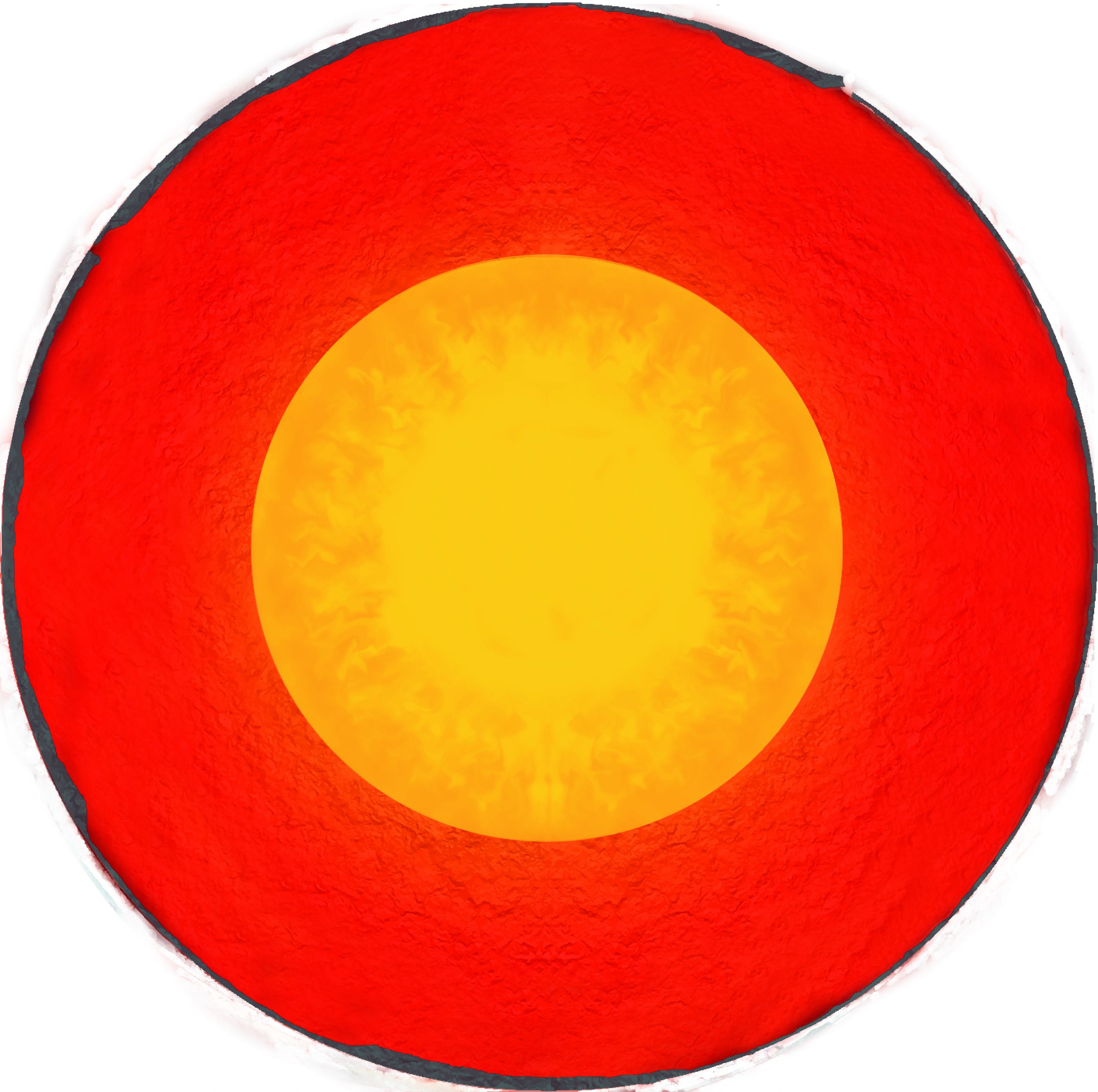
British geologist Richard Oldham discovered the Earth’s outer core. Earthquake waves interacting with this layer showed that the outer core is liquid, while the mantle is solid.
Discovery of the inner core: 1936
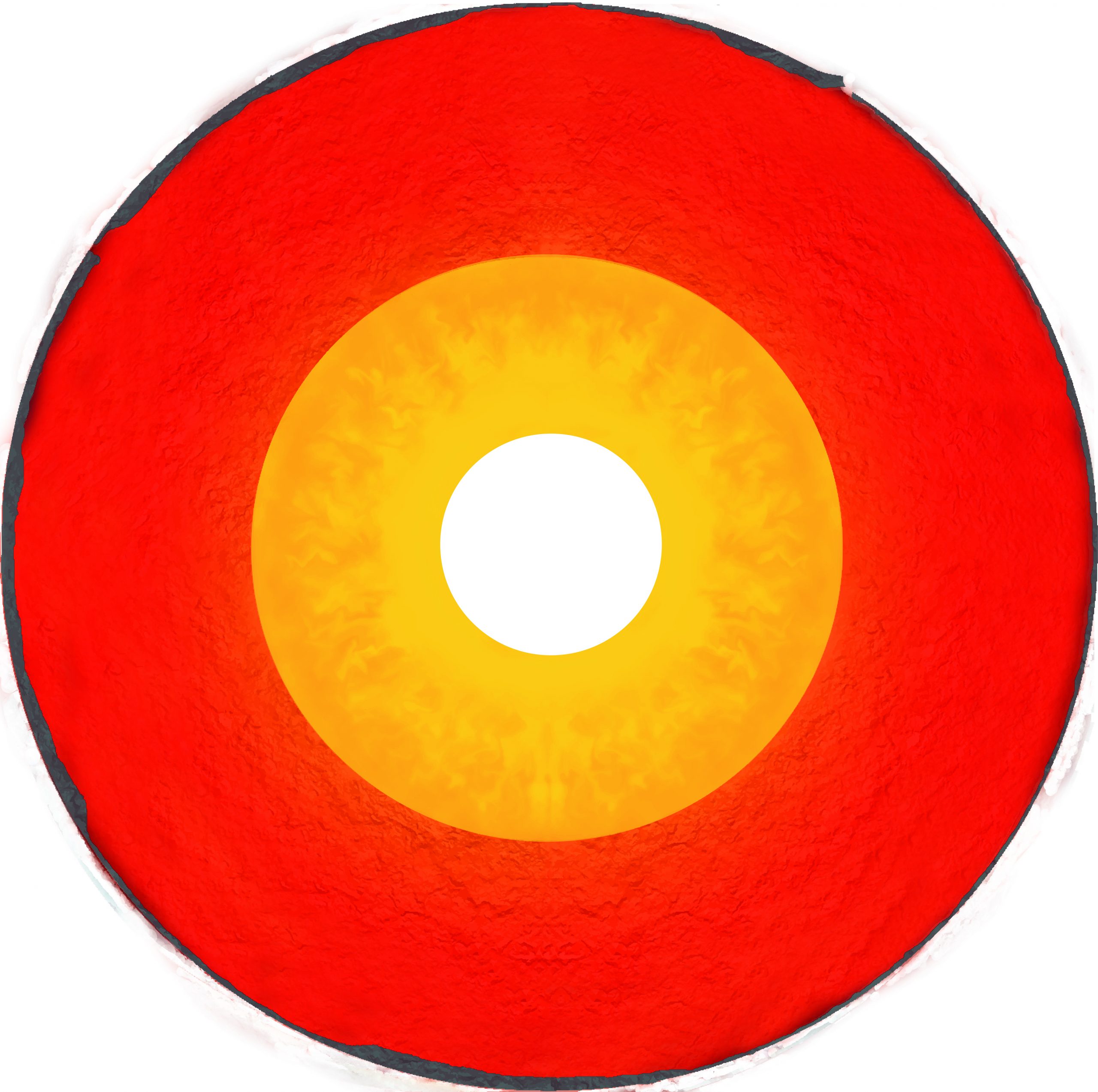
Danish seismologist Inge Lehmann detected an earthquake wave bouncing off the inner core. She suggested it might be caused by a change from a liquid to a solid core.
First models of the layered Earth: 1970s/80s
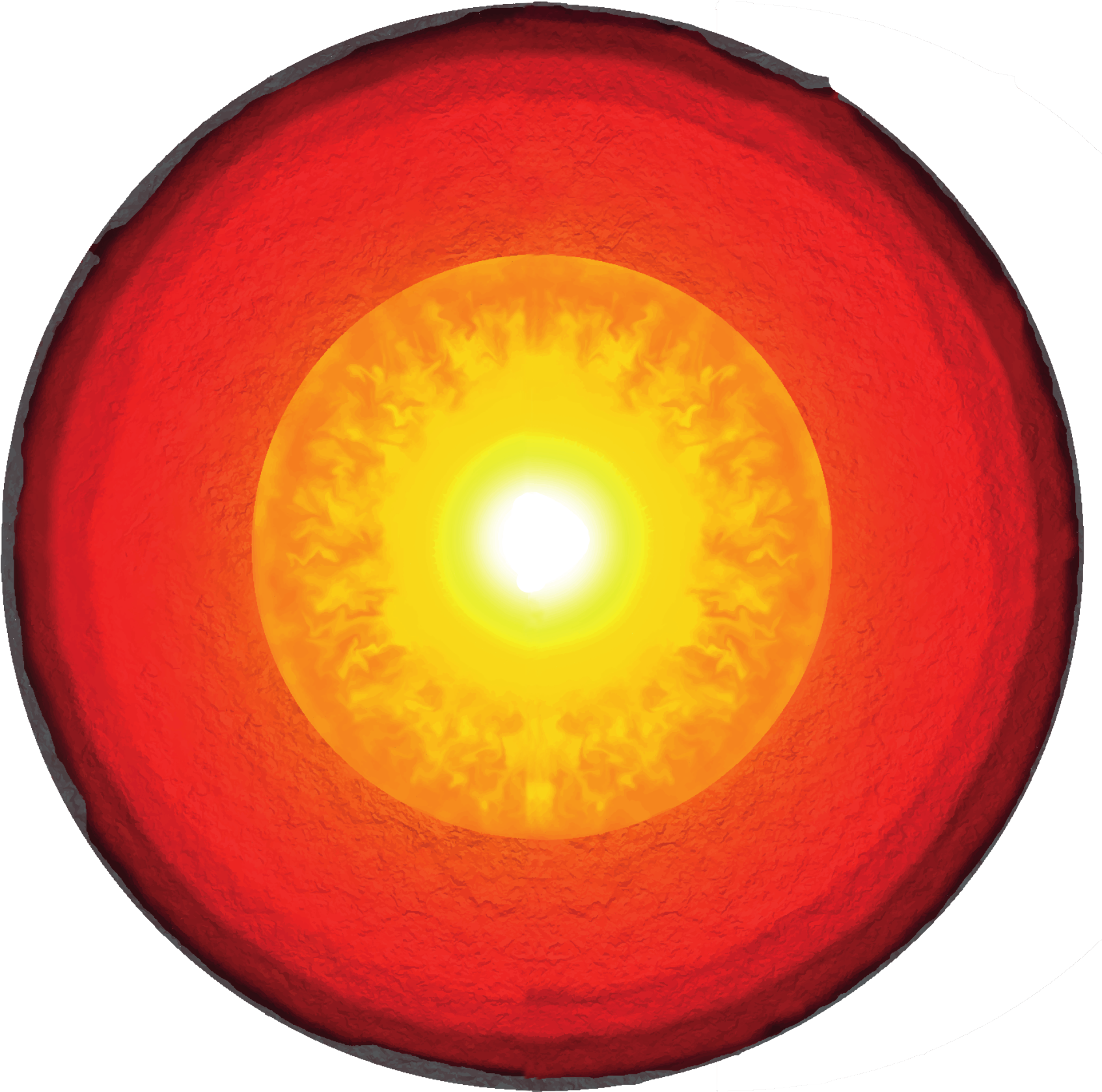
Increased nuclear testing during the global nuclear arms race caused a dramatic increase in seismometers and earthquake data. This led to the first detailed models of the Earth. Earthquake waves are not only monitored to study the Earth, but also to ensure that the Nuclear Test-Ban Treaty is being upheld across the world.
Discovery of the dynamic interior: Present Day
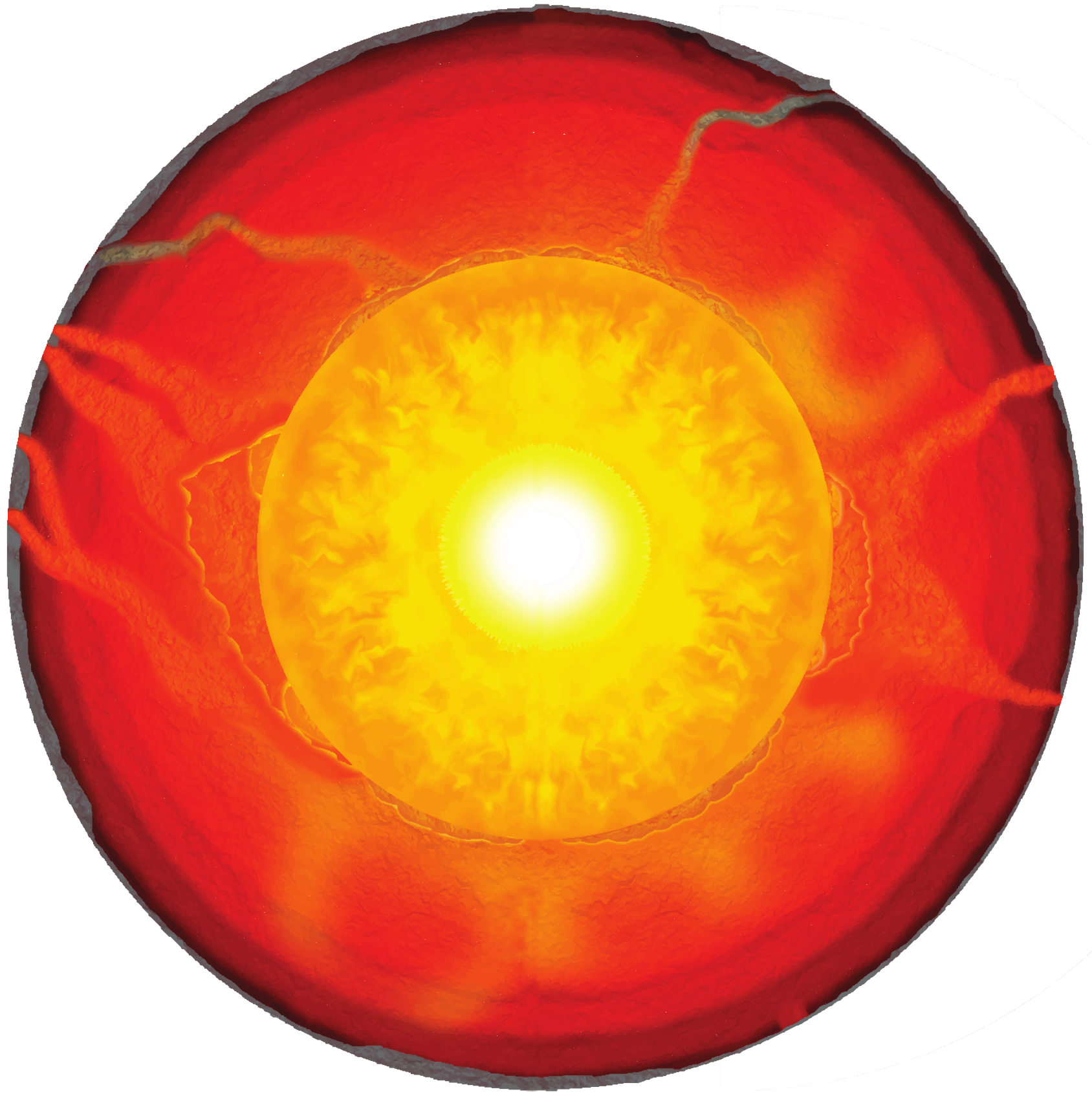
Improved data and better computers allow us to map the complex structures within the Earth. The Deep Earth Explorer team works on filling in the specific details within the Earth’s interior to improve our understanding of how the planet works.

Explore the Earth
Can you find what we work on in our model? Use the mouse to explore what’s inside the Earth and click for more information.
Explore the Earth
Can you find what we work on in our model? Use the mouse to explore what's inside the Earth and click for more information.

Diving Tectonic Plates
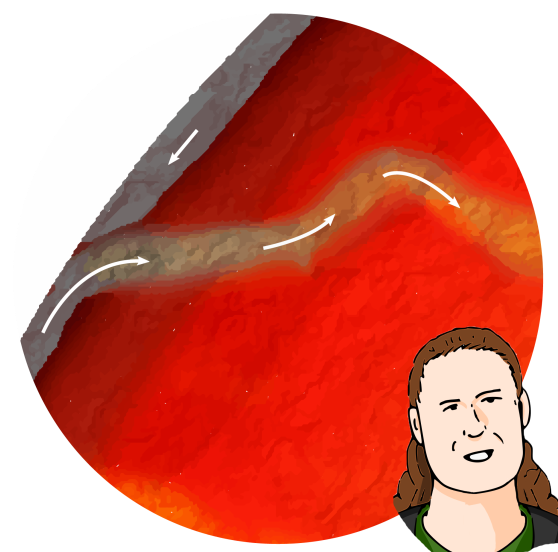
"Colliding plates cause the largest earthquakes on Earth. I use recordings from around the world of the earthquake waves they create."
In places where two tectonic plates collide, one plate sinks under the other, sometimes continuing deep into the mantle.
Diving tectonic plates are usually old parts of the ocean floor. One is sinking beneath Alaska and another beneath Greece.
Plate Graveyard
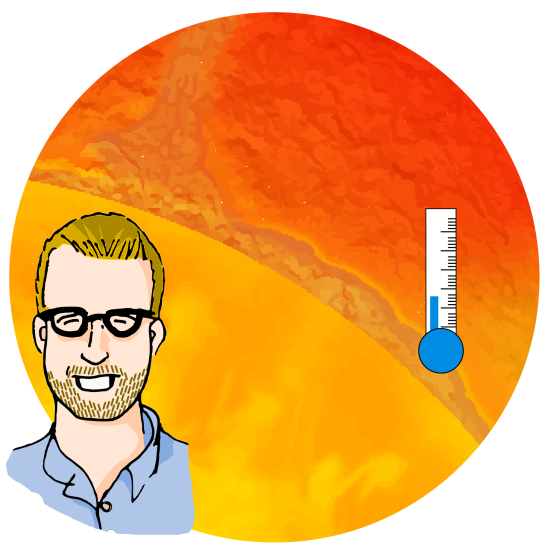
“We think plate graveyards may affect where mantle plumes occur. We wonder how long the plates stay in the graveyard. Eventually the material will heat up due to the core, and rise back up in mantle plumes.”
Diving tectonic plates pile-up on the core-mantle boundary and form plate graveyards.
Deep Mantle Mountains
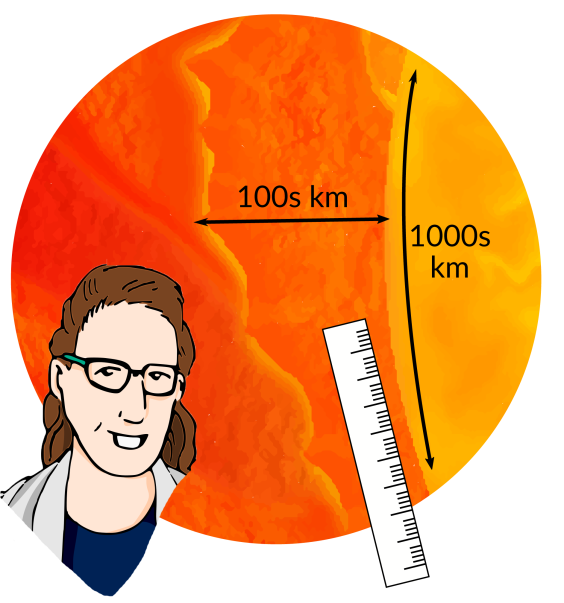
“I map out the edges of these mountains to understand their shape and size."
Two large mountainous structures sit on the core-mantle boundary beneath the Pacific Ocean and Africa.
Deep mantle mountains are probably made of a different material to the rest of the mantle. We call them Large-Low Velocity Provinces - LLVPs.
Mantle Plume Anchor
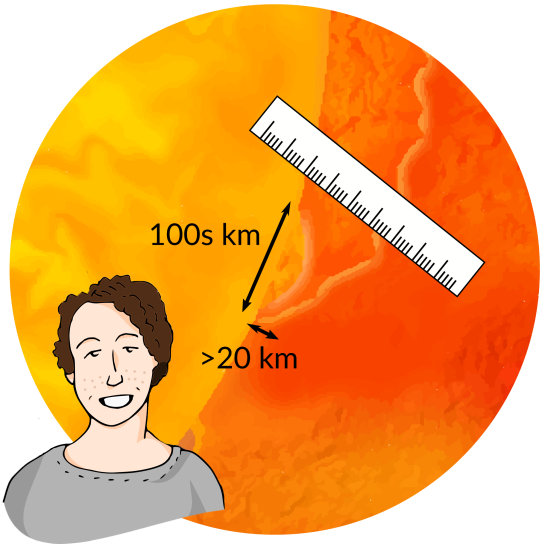
“We have only discovered a couple of these so far because they are so hard to image! I am working on this challenge to try and find more of them.”
Small, mysterious piles of dense material are found at the edges of the deep mantle mountains.
We call them Ultra-Low Velocity Zones - ULVZs. These may anchor mantle plumes, like the one seen beneath Hawaii.
Inner Core Boundary
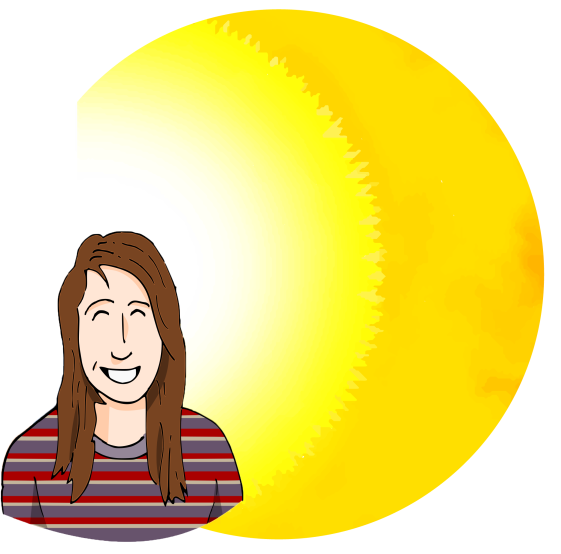
“Is the inner core boundary spiky like a tree or mushy like a pea?”
The inner core is growing as the Earth's interior loses heat. The solid inner core is younger than the rest of the Earth. Although the entire core was liquid to start with, the now solid inner core has grown over the past 1 billion years.
The boundary between the inner and outer core appears to be fuzzy. There might be large metallic spikes or crystal mush forming here as the liquid iron solidifies, creating the inner core.
Magnetic Field Generation
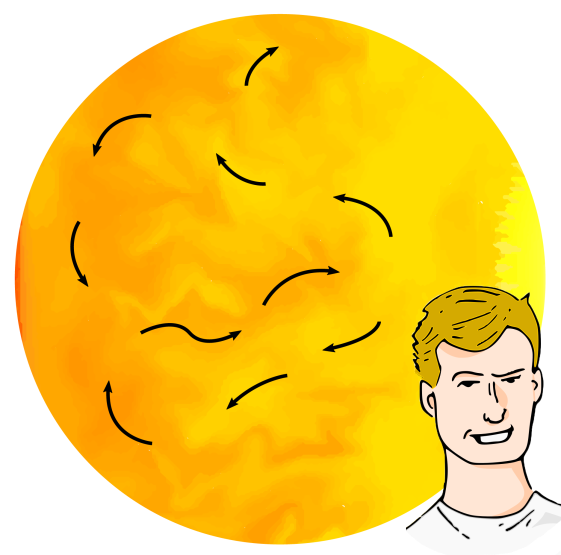
“We image structures at the core-mantle boundary which affect movement in the outer core, and therefore its magnetic field.“
The Earth's magnetic field is generated by the movement of molten iron in the outer core. It is this field that protects life from harmful solar radiation.
High temperatures mean the metal in the outer core is as runny as water, creating chaotic flows.
Rising Mantle Plumes
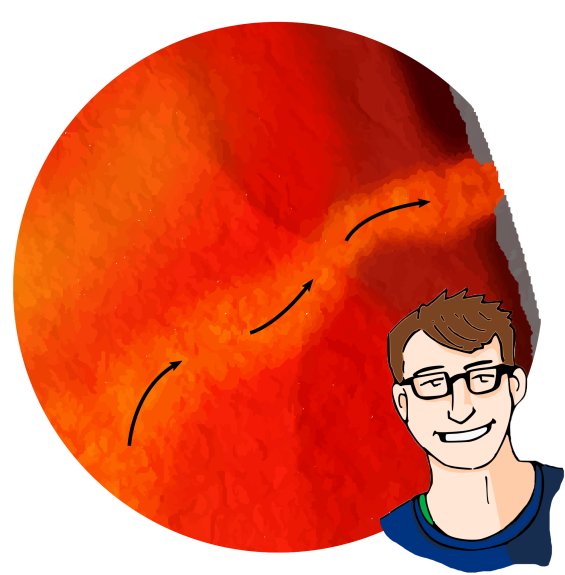
“I collect data on all mantle plumes across the globe.”
Plumes of hot rock rising through the mantle transport rock from the base of the mantle to the surface.
Mantle plumes that reach the surface create volcanoes and volcanic islands.